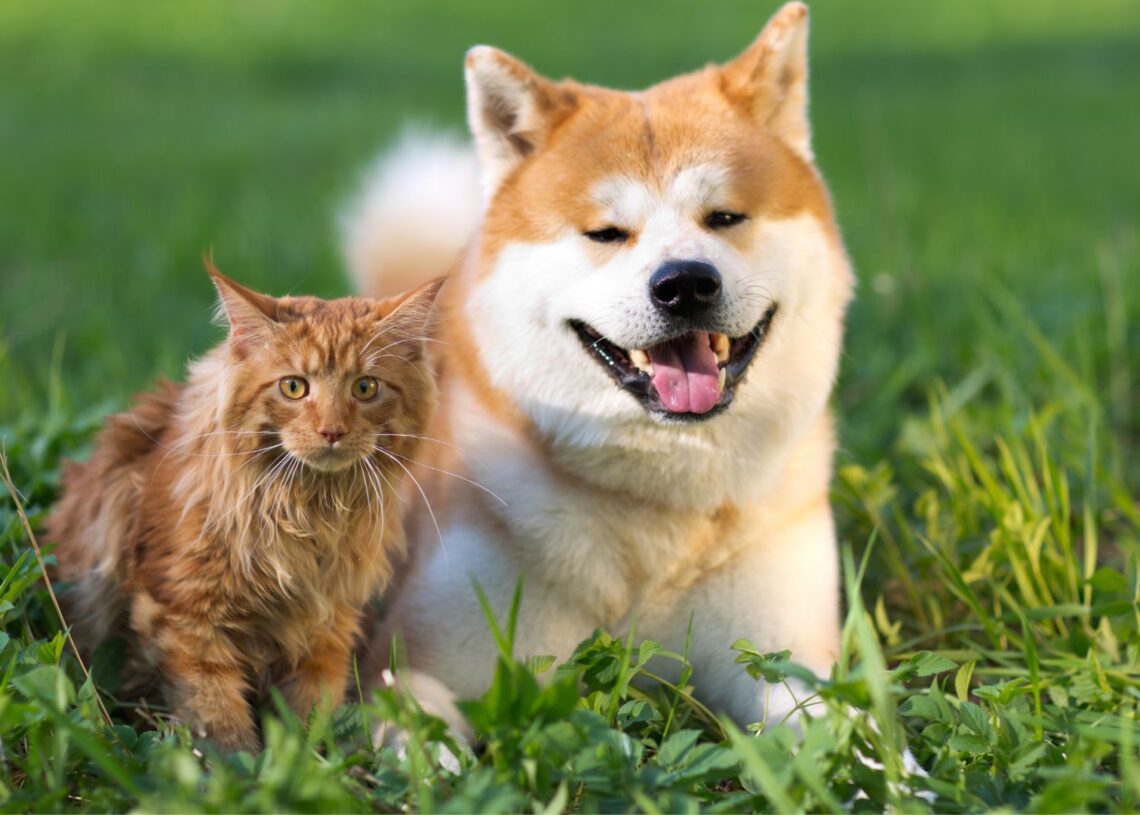Decoding the Financial Puzzle of Pet Parenthood
So, you’re dreaming of a furry, scaly, or feathered friend? While the initial adoption fee might seem like the main hurdle, understanding the ongoing financial obligations is crucial for responsible pet ownership. Let’s unravel the true costs of caring for a pet.
Understanding Initial and Recurring Expenses
Pet ownership is about more than just cuddles; it requires careful financial planning. Beyond the one-time adoption or purchase fee, consider the continuous expenses like high-quality food, engaging toys, and those all-important routine vet check-ups. These recurring costs significantly contribute to your pet’s overall well-being, ensuring they live a happy and healthy life.
Recent data offers valuable insights into the financial realities of pet ownership. Excluding the initial adoption or purchase costs, owners spend an average of around $1,515 annually. Interestingly, dog owners tend to spend more than cat owners, a reflection of varying breed sizes, dietary requirements, and healthcare needs.
The majority of pet-related expenses fall into the non-veterinary category. This includes essential items like nutritious food, tasty treats, and necessary medications, alongside stimulating toys and other vital supplies. Careful budgeting for these items ensures your pet has everything they need to thrive and live a fulfilling life.
Navigating Vet Bills: A Pet Owner’s Essential Guide
Understanding the potential costs associated with veterinary care is paramount for responsible pet ownership. Let’s break down common expenses, arming you with the knowledge to prepare for your pet’s healthcare needs and ensure they receive the best possible care.
Demystifying Routine and Emergency Care Costs
Regular check-ups are the cornerstone of maintaining your pet’s health. These routine visits, including thorough physical exams, can identify potential health issues in their early stages. Vaccinations are also crucial for preventive care, shielding your pet from common and potentially life-threatening diseases. On average, a routine exam costs around $50 for dogs and $45 for cats per visit, while vaccinations average around $75 for dogs and $65 for cats per visit.
Emergency vet visits can present a significant financial challenge. These unexpected situations often demand immediate attention and can quickly escalate in cost. Pet owners should be aware that emergency visits can range from several hundred to thousands of dollars, depending on the severity of the issue.
Dental health is often overlooked but plays a vital role in your pet’s overall well-being. Regular dental cleanings can prevent dental disease and maintain optimal oral hygiene. Many pet owners may also encounter the need for surgical procedures, which can be quite costly. For example, dental cleaning averages $300 for dogs and $200 for cats per visit. Major surgery averages $2,500 for dogs and $1,500 per procedure for cats.
| Type of Veterinary Service | Average Cost (Dog) | Average Cost (Cat) | Unit |
| Routine Exam | $50 | $45 | per visit |
| Vaccinations | $75 | $65 | per visit |
| Dental Cleaning | $300 | $200 | per visit |
| Emergency Visit | $800 | $600 | per visit |
| Surgery (Major) | $2,500 | $1,500 | per procedure |
Data source: Healthy Paws Pet Insurance “The Average Cost of Veterinary Care in 2024” December 19, 2024
Being prepared for veterinary costs is a key aspect of responsible pet ownership. With advancements in veterinary medicine and a growing demand for high-quality care, costs are likely to remain substantial. Understanding potential expenses and planning accordingly can help ensure your pet receives the necessary care without causing undue financial strain.
Pet Insurance: A Safety Net or an Unnecessary Expense?
Considering pet insurance? It’s a common question among pet owners as they weigh the potential costs of veterinary care against the monthly premiums. Let’s delve into the world of pet insurance and assess whether it’s a worthwhile investment for you and your beloved companion.
Evaluating the Costs and Benefits of Pet Insurance
Pet insurance operates similarly to human health insurance. You pay a monthly premium, and in return, the insurance company helps cover eligible veterinary expenses. Policies vary significantly, covering accidents, illnesses, and sometimes even routine care. Understanding the specifics of a plan is crucial for making an informed decision.
The core question is whether the potential benefits outweigh the costs. As veterinary expenses continue to rise, pet insurance can provide a valuable financial safety net. Industry data reveals a growing number of insured pets, with total premiums reaching significant amounts, highlighting the increasing value placed on such coverage.
| Year | Gross Written Premiums (GWP) | Number of Insured Pets (millions) | % Dogs (of insured pets) | % Cats (of insured pets) |
| 2023 | $3.9 billion | 5.7 | 75.6% | 23.5% |
| 2024 | $4.7 billion | 6.4 | 75.6% | 23.5% |
Data source: North American Pet Health Insurance Association (NAPHIA) 2025 State of the Industry (SOI) report, reported via American Veterinary Medical Association (AVMA) June 2024
The increasing number of insured pets, coupled with rising gross written premiums, suggests that more owners are recognizing the value of these plans.
Several factors influence the value of pet insurance. These include your pet’s breed, age, and any pre-existing conditions, all of which can impact premiums and coverage options. Your personal financial situation and risk tolerance also play a significant role in determining whether insurance is a suitable choice.
Ultimately, the decision to invest in pet insurance is a personal one. Research different providers, carefully compare policy terms, and consider your pet’s specific needs. Weighing these factors thoughtfully will help you determine whether pet insurance is a sound investment for your peace of mind and your pet’s well-being.
Unleashing Your Pet’s Potential: Affordable Training Methods
Training your pet doesn’t have to be expensive. Numerous effective and affordable methods can transform your furry friend into a well-behaved member of the family. Let’s explore some accessible training options that cater to various budgets and lifestyles.
Exploring Group Classes, Private Sessions, and DIY Training
Group puppy classes offer a fantastic starting point for your pet’s training journey. These classes emphasize basic obedience and, crucially, socialization. Socialization in a group setting is essential for pets to develop into well-adjusted and confident companions.
For more personalized guidance, private training sessions offer one-on-one customized training tailored to your pet’s specific needs. These sessions can be invaluable for pets with unique challenges or for owners seeking individualized support.
Online dog training courses provide a flexible and budget-friendly learning option. These courses often include engaging video lessons and allow you to learn at your own pace. They serve as an excellent supplement to other training methods or a great starting point for new pet owners.
Opening Doors: Overcoming Pet-Friendly Housing Hurdles
Finding a place to live can be challenging, and it becomes even more so when you have a furry companion. Many pet owners face significant difficulties in securing suitable housing. Let’s explore these challenges and potential solutions.
Addressing the Shortage and Supporting the Vulnerable
Many pet owners consider their pets as integral members of their families. However, finding rentals that welcome pets can be a daunting task. Landlords often impose breed restrictions, size limitations, or charge extra fees. This limited availability of pet-inclusive housing creates considerable stress for pet parents.
The lack of pet-friendly housing options can lead to higher pet relinquishment rates and overcrowded animal shelters. Fortunately, various initiatives aim to alleviate this burden, such as directories of pet-friendly shelters and financial aid programs for pet-related housing costs. These efforts represent a step in the right direction toward creating more inclusive and compassionate communities.
Q&A
Question 1: What are the major recurring costs associated with pet ownership, and how much does the average pet owner spend annually?
Answer: Beyond initial adoption fees, recurring costs include food, toys, routine vet visits, and unexpected emergencies. The average annual spending on pets (excluding adoption/purchase) is around $1,515, with dog owners typically spending more than cat owners due to differences in size, diet, and healthcare needs.
Question 2: What are the significant cost components of veterinary care for dogs and cats, and how much can owners expect to pay?
Answer: Veterinary costs include routine checkups (around $50-$45 per visit for dogs and cats respectively), vaccinations ($75-$65), dental cleanings ($300-$200), and emergency visits (potentially hundreds to thousands of dollars). Major surgeries average $2,500 for dogs and $1,500 for cats.
Question 3: How prevalent is pet insurance in the US, and what are the key factors influencing its cost and benefit?
Answer: Pet insurance is increasingly popular, with gross written premiums reaching $4.7 billion in 2024 and over 6.4 million insured pets. Factors influencing its cost and benefit include the pet’s breed, age, pre-existing conditions, and the owner’s financial situation and risk tolerance. The rising cost of veterinary care makes pet insurance an increasingly attractive option for many owners.
Question 4: What are some budget-friendly ways to train a pet, and what are the cost ranges for different training methods?
Answer: Affordable training options include DIY training at home using positive reinforcement (minimal cost), online courses ($20-$100), group classes ($50-$150 for a 6-week course), and structured programs like AKC S.T.A.R. Puppy ($100-$200). Private sessions offer personalized training but are more expensive ($50-$120 per hour).







